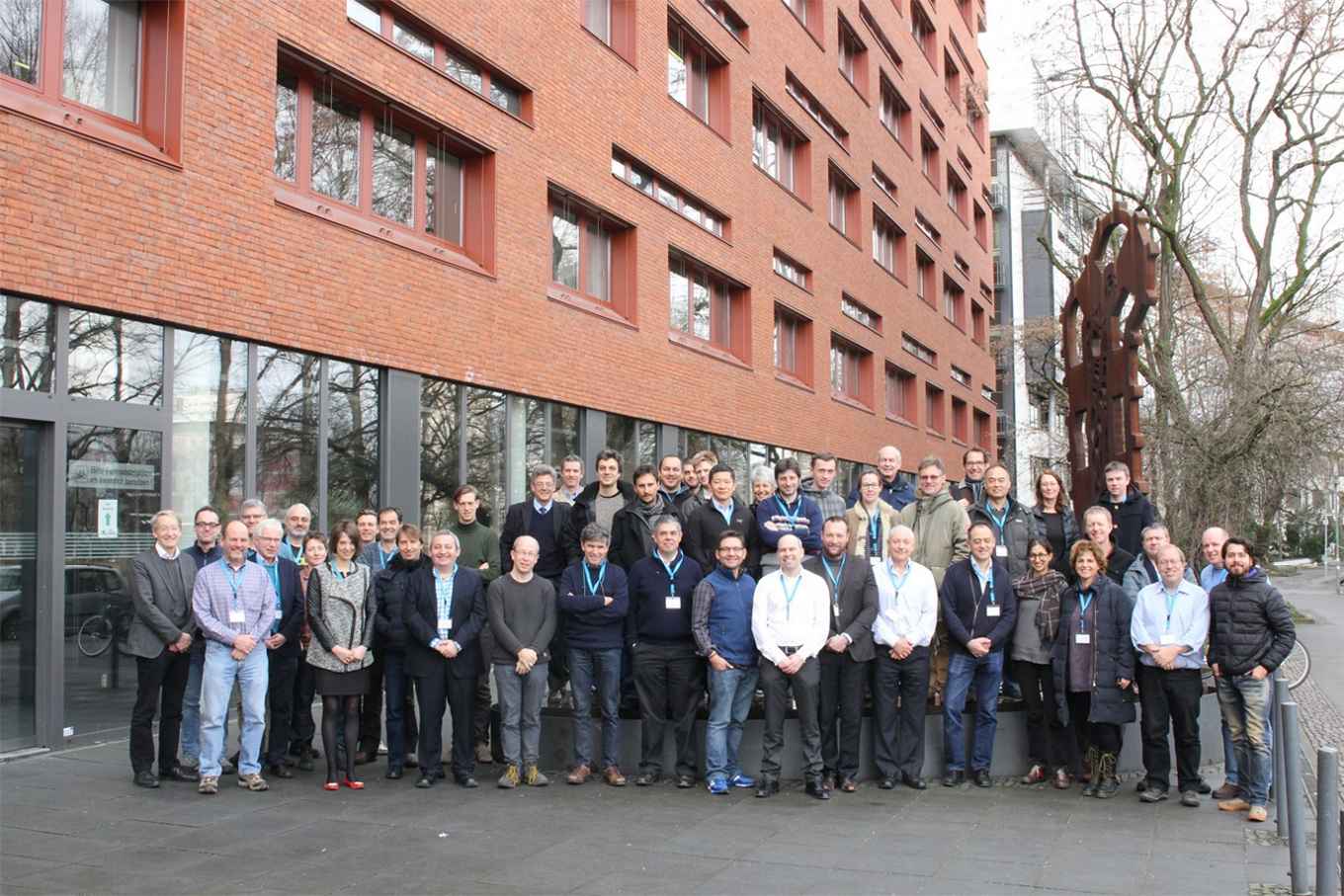Measuring global biodiversity change
16 August 2017

The publication is an outcome of the first two workshops organised by the EU-funded Horizon 2020 project GLOBIS-B: GLOBal Infrastructures for Supporting Biodiversity research. The main aim of the project is to bring together scientists with global research infrastructure operators and legal interoperability experts to address the research needs and infrastructure services required to calculate Essential Biodiversity Variables (EBVs).
Essential Biodiversity Variables
Like climate variables, EBVs are constructed from various sources of data and are the underlying variables to assess changes in biodiversity through time. They can be used to measure the achievement of targets like the Aichi targets set by the Convention for Biological Diversity (CBD) or the Sustainable Development Goals (SDGs) identified by the UN 2030 Agenda for Sustainable Development, to protect the world from further loss of biodiversity, support sustainable use of natural resources and enhance benefits from these. As such, EBVs play an important role in policy decisions and are critical to the future work of the Inter-governmental Panel on Biodiversity and Ecosystem Services (IPBES).
GLOBIS-B workshops
The GLOBIS-B project organized two international workshops with >50 experts from Australia, Brazil, China, Europe, South Africa and the USA to discuss the challenges of building global EBV data products on species distribution and abundance. Measurements of changes in species distribution and abundance underpin policy indicators to quantify population trends and extinction risk for threat categorization, assessments of geographic range dynamics, spread of invasive species, and biodiversity responses to climate change and habitat conversion. The discussions during the two workshops showed that the harmonization of data collection and technical data management as well as legal complications and constraints are key bottlenecks for building global EBV data products on species distribution and abundance.
Major effort
‘Putting this paper together was a major effort that kept me busy over the last two years’, says W. Daniel Kissling, lead author of the study and scientific coordinator of GLOBIS-B. The paper covers a broad range of scientific, technical and legal aspects, including basic definitions of the EBV framework, data and tools for building EBV data products, technical and legal requirements of workflows, and metadata and data-sharing standards.
The paper represents a community-effort by 36 co-authors, many of them working actively with the Group on Earth Observations Biodiversity Observation Network (GEO BON), an organisation that develops and promotes the EBV concept. ‘This paper is a fundamental step forward in operationalizing the EBV concept because it shows how we can implement a workflow-oriented production of EBVs’, says Henrique Pereira, GEO BON co-chair and co-author of the study. This will be critical for biodiversity research and for assessing progress towards conservation policy targets and sustainable development goals.
Publication details
Kissling, W.D., Ahumada, J.A., Bowser, A., Fernandez, M., Fernández, N., García, E.A., Guralnick, R.P., Isaac, N.J.B., Kelling, S., Los, W., McRae, L., Mihoub, J.-B., Obst, M., Santamaria, M., Skidmore, A.K., Williams, K.J., Agosti, D., Amariles, D., Arvanitidis, C., Bastin, L., De Leo, F., Egloff, W., Elith, J., Hobern, D., Martin, D., Pereira, H.M., Pesole, G., Peterseil, J., Saarenmaa, H., Schigel, D., Schmeller, D.S., Segata, N., Turak, E., Uhlir, P.F., Wee, B. & Hardisty, A.R. (2017): Building essential biodiversity variables (EBVs) of species distribution and abundance at a global scale. Biological Reviews, in press . DOI:10.1111/brv.12359